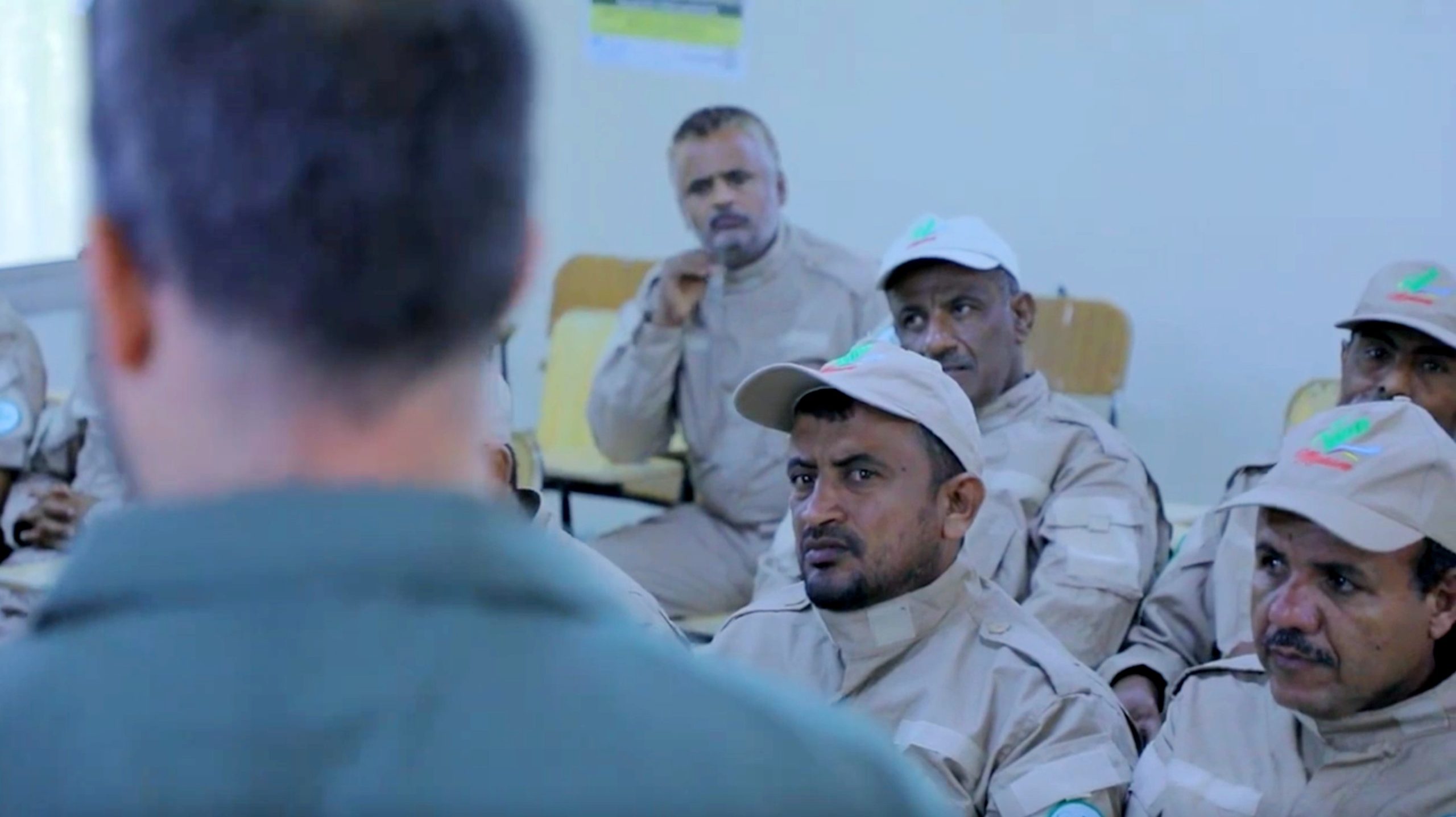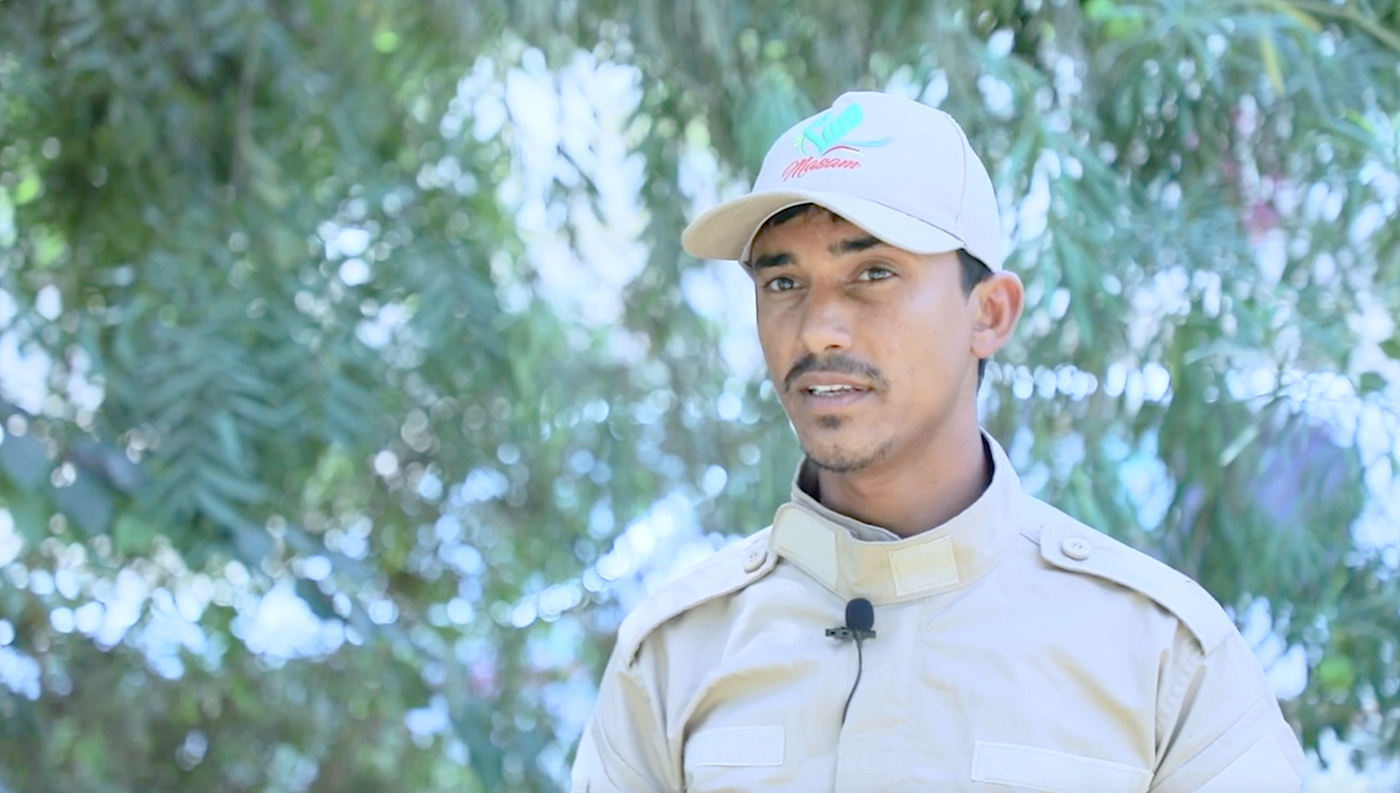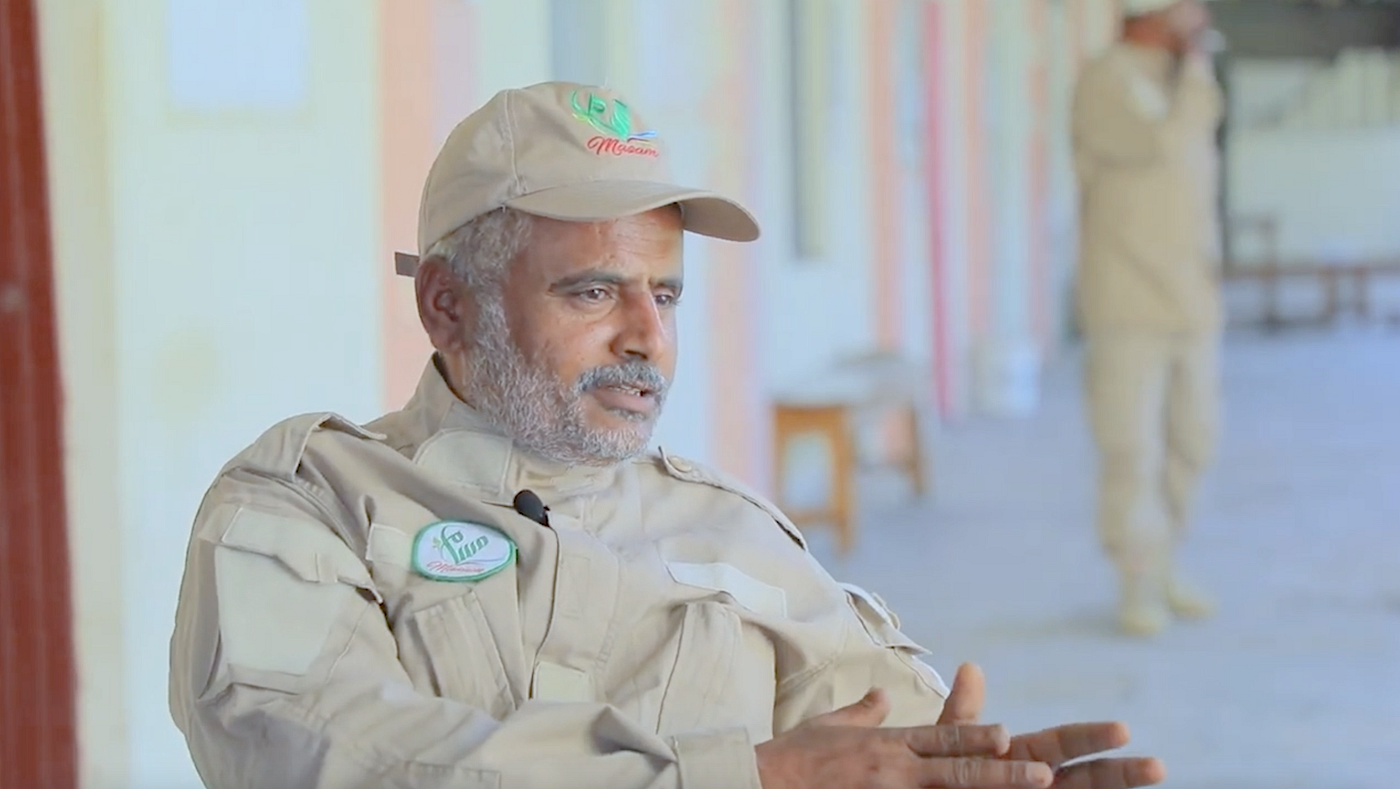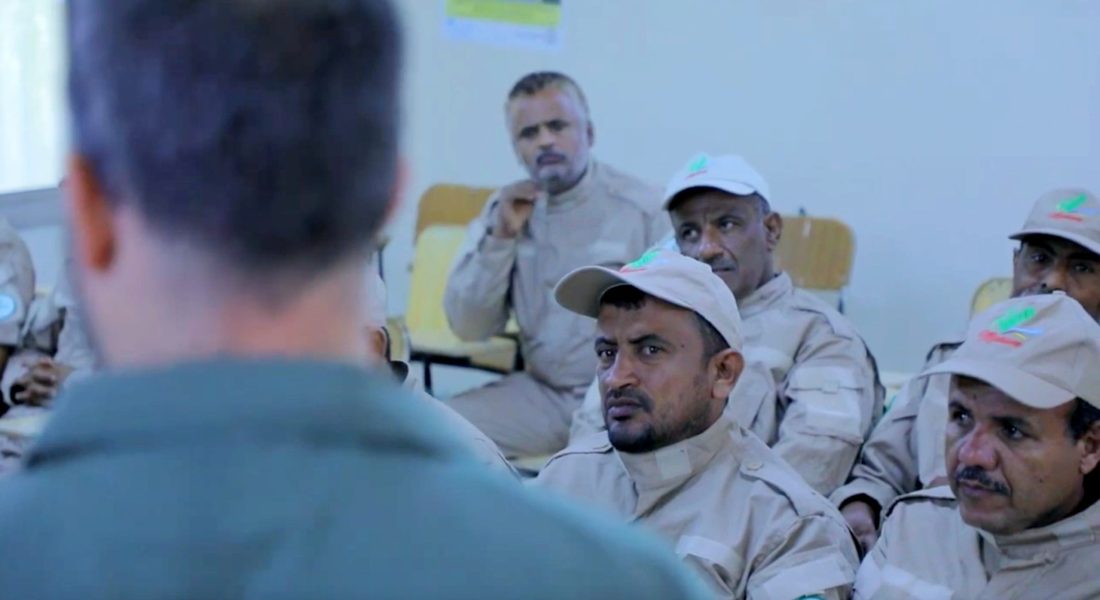
As demining teams continue to encounter newly-developed booby-trapped mines planted by parties opposing the pro-government forces, including Houthi militias, there is now an urgency for mine action professionals to think about how best to reduce and eliminate new victims of landmines in Yemen.
Due to the advances in their manufacturing, and technical and technological aspects, locally-produced booby-trapped mines encountered in the last few months across Yemen make mine clearance even more dangerous, as their anti-handling devices and booby-traps are designed to explode if removed by any unsuspecting deminer or civilian.
“The recovery and removal of landmines, improvised explosive devices [IEDs] as well as unexploded ordnance increased astronomically on a daily basis. This has a huge safety impact on Masam Clearance teams,” Jos Grobler, Acting Ops Officer and Technical Advisor, Masam Project, said from Masam’s Marib headquarters.
Specialised training
Despite the remarkable advances in mine clearance work, new training needs to mirror these developments to mitigate these emerging threats.
After long technical assessment of the makeup of these new types of landmines rendered safe from newly liberated areas to assess emerging trends, new threats, and new variants of explosive devices, humanitarian mine clearance Project Masam has created a special training module — particularly for teams operating in the most-at-risk areas.

Qasim Al-Dossary, Masam’s Assistant Managing Director (pictured left during training), said the course aims to get the higher-risk teams acquainted with the latest developments in mine science and unconventional explosive weapons, as well as train teams working on the West Coast and in the Aden region.
“This course comes after the landmine warfare changed in terms of the development of landmines, which have new modifications and new technical and technological aspects,” he explained from Aden.
“This training is carried out to maintain the safety of workers as well as civilians, and that is why the Project Masam management held this course to instruct [teams] on the latest technical and technological methods used.”

Reducing new risks
Sami Hamed, a Member of Team 27, whose team operates the Khokha district of Al Hodeidah governorate and has now received specialised training, explained these up-scaled variants of anti-personnel and anti-tank devices have had devastating impacts on those who encounter them.
“Project Masam suffered and sacrificed a lot whether from team leaders or members as a result of the developments that occurred in new landmines and explosive devices, whether in Hodeidah, Shabwah or Marib,” Hamed (pictured below) said.
“Of course, there was a training program to train on these developments, and the trainers and experts in Project Masam informed us about these new deceptive traps, the developments that occurred on mines, their types, and safety methods for dealing with these mines. We are grateful we get to train and benefit from this information.”
The young Yemeni deminer welcomed the Saudi project Masam’s support for the extracting teams and for providing the necessary innovations to facilitate the extraction processes in a sound and safe way.

Fadl Flawy, another member of Team 27 who received the specialised training, said the course had been useful as “it keeps us updated with the developments in warfare and learn about the booby-trapped landmines which are planted in a malicious way that caused the loss of many young deminers who sacrificed their lives because of these traps”.
The deminer (pictured below) said the message sent to deminers, especially in this period and to keep pace with these developments, is to deal with the devices in a very accurate manner, and step by step as instructed.
“Secondly, in all cases, do not tighten a loose wire or loosen a tight wire. The deminer must pay close attention to the reasons behind the severity or looseness first. And thus you will spare yourself any additional risk,” he added.

On 28 January 2022, Project Masam announced it had cleared its 4,500th anti-personnel landmine in liberated areas of Yemen, weeks after the project confirmed it had cleared over 100,000 anti-tank mines since mid-2018.
This article was first published on Medium.

